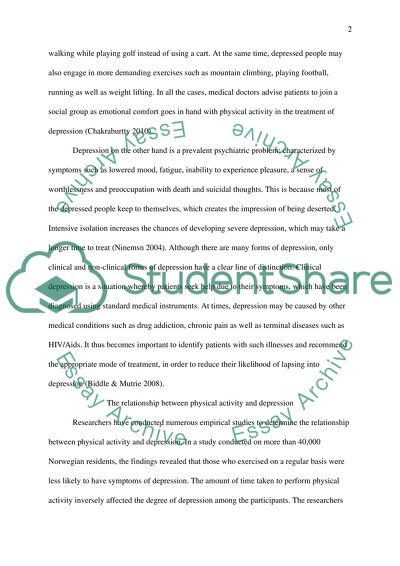Cite this document
(“Physical Activity and Depression: Sources of Evidence Essay”, n.d.)
Physical Activity and Depression: Sources of Evidence Essay. Retrieved from https://studentshare.org/psychology/1432510-physical-activity-depression-sources-of-evidence
Physical Activity and Depression: Sources of Evidence Essay. Retrieved from https://studentshare.org/psychology/1432510-physical-activity-depression-sources-of-evidence
(Physical Activity and Depression: Sources of Evidence Essay)
Physical Activity and Depression: Sources of Evidence Essay. https://studentshare.org/psychology/1432510-physical-activity-depression-sources-of-evidence.
Physical Activity and Depression: Sources of Evidence Essay. https://studentshare.org/psychology/1432510-physical-activity-depression-sources-of-evidence.
“Physical Activity and Depression: Sources of Evidence Essay”, n.d. https://studentshare.org/psychology/1432510-physical-activity-depression-sources-of-evidence.


